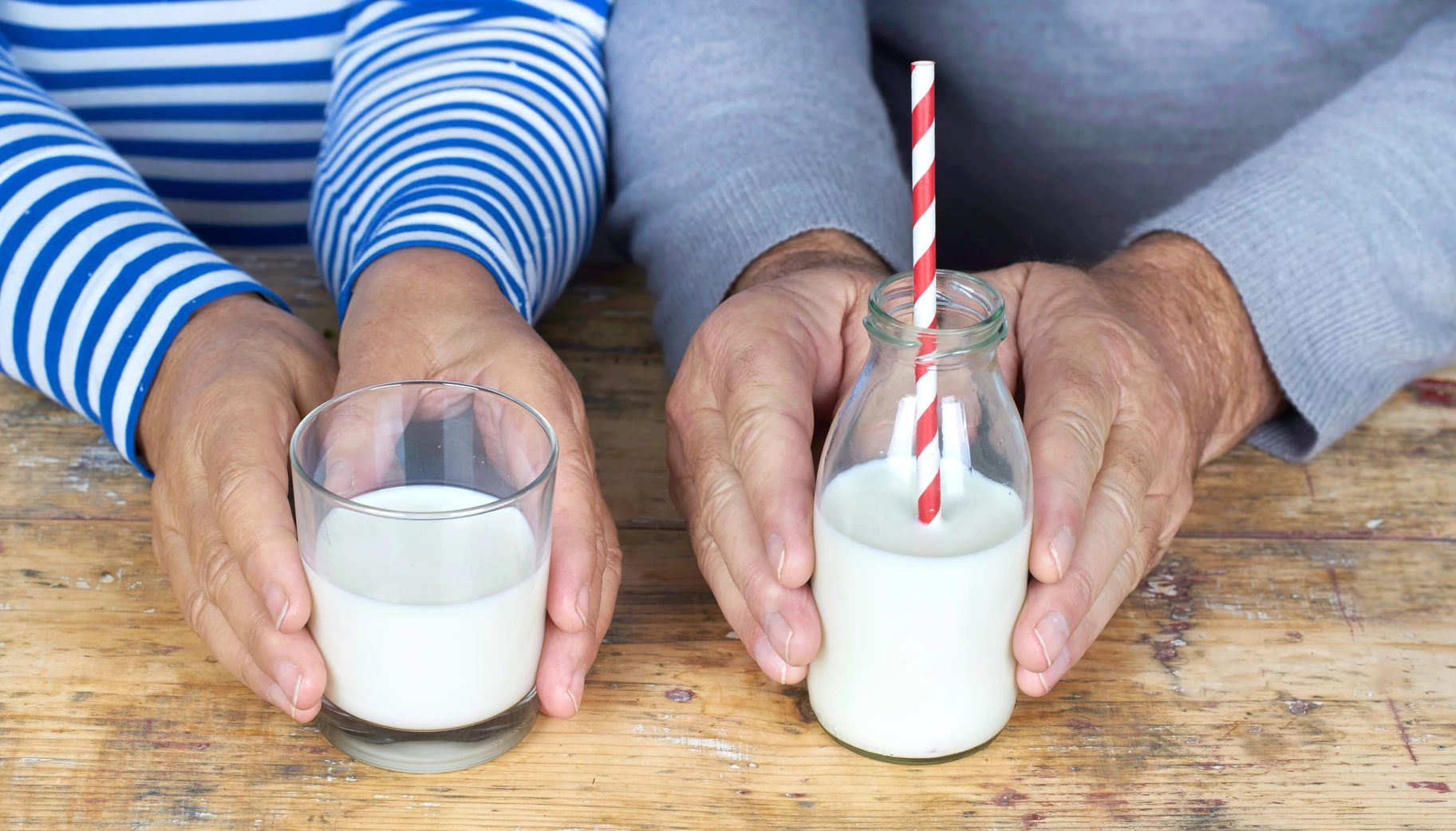Why Osteoporosis in Men Is a Greater Health Risk Than Most People Think

Did you realize that men over 50 have a greater risk of osteoporosis-related fractures than of getting prostate cancer? In fact, about one in four 50+ men will break a bone due to osteoporosis during their lifetime, reports Harvard Health.
Although women are at greater risk, mounting research suggests that osteoporosis and osteopenia are under-diagnosed in men and is a growing health risk for males as they age. According to the Bone Health & Osteoporosis Foundation, two million American men have osteoporosis and another 12 million are at risk for it.
Currently in the United States, approximately 10 million people over 50 have osteoporosis—and over 43 million more have low bone mass, putting them at increased risk for osteoporosis, according to the U.S. Department of Health & Human Services. In short, bone health may be at risk for both women and men, unless we make changes to our diet and lifestyle to help our bones stay stronger.
The focus on osteoporosis for men is particularly meaningful in light of estimates that the number of men above the age of 70 will continue to increase as life expectancy continues to rise. Osteoporosis in men so far has largely been overlooked, because men don’t experience the rapid bone lose that women do following menopause. In addition, men start out with stronger bones: they generally have larger and stronger bones than women by the time they are 30.
However, by age 65 or 70, men and women are losing bone mass at the same rate, and the absorption of calcium, an essential nutrient for bone health throughout life, decreases in both sexes. Excessive bone loss causes bone to become fragile and more likely to fracture.
Statistics about men and osteoporosis from the National Osteoporosis Foundation speak volumes:

- Up to one in four men over age 50 will break a bone due to osteoporosis.
- Each year, about 80,000 men will break a hip.
- Men are more likely than women to die within a year after breaking a hip. This is due to problems related to the break.
- Men can break bones in the spine or break a hip, but this usually happens at a later age than women.
Both men and women have the same risk factors for osteoporosis. For example, family history, taking steroid medicines, not exercising, smoking, drinking too much alcohol or having low testosterone levels will put you at risk for getting osteoporosis, irrespective of gender.
The majority of men with osteoporosis typically have at least one, and sometimes more, secondary causes. The most common causes of secondary osteoporosis in men include exposure to glucocorticoid medications, hypogonadism (low levels of testosterone), alcohol abuse, smoking, gastrointestinal disease, hypercalciuria (excessive urinary calcium excretion) and immobilization, according to the NIH report.
Curbing the Risk of Osteoporosis
There is much we can do to prevent osteoporosis, irrespective of gender. First place to start is to understand why bones get thinner as we get older.Bone is constantly changing as old bone is removed and replaced by new bone. During childhood, more bone is produced than removed, so the skeleton grows in both size and strength.
For most people, bone mass peaks during the third decade of life. By this age, men typically have accumulated more bone mass than women. From this point, the amount of bone in the skeleton typically begins to decline slowly as removal of old bone exceeds formation of new bone, according to the NIH.
 In short, both men and women need to pay close attention to their lifestyle choices to help prevent osteoporosis. Preventative steps include:
In short, both men and women need to pay close attention to their lifestyle choices to help prevent osteoporosis. Preventative steps include:
- Change unhealthy habits such as smoking and drinking.
- Head to the gym for weight-bearing exercises.
- Practice yoga regularly to produced varied load bearing on bones, and improve posture and balance, which both are independent risk factors for fractures.
- Treat any underlying medical conditions that affect bone loss.
- Maintain an adequate daily intake of calcium (1,200 mg per day after age 50) and vitamin D (400 IU or at least 10 minutes of sunlight daily).



